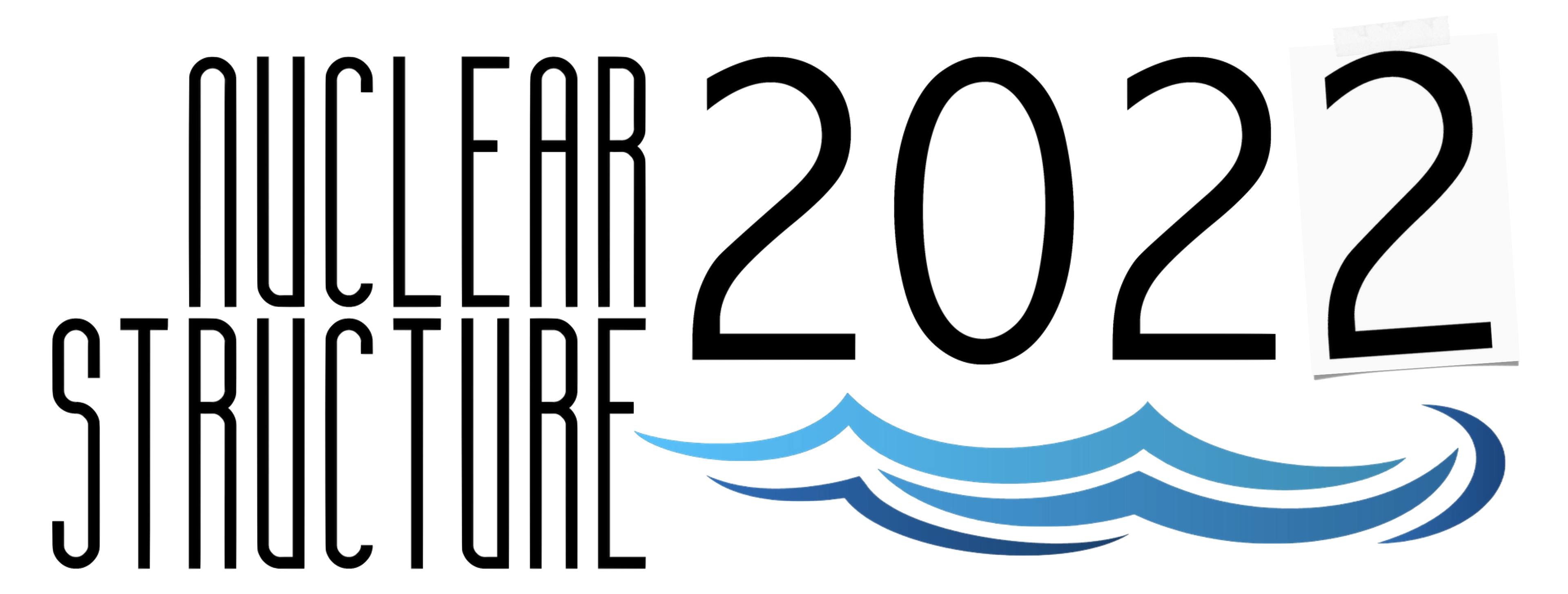Speaker
Description
Due to the rather scarcity of spectroscopic data on the trans-fermium region, high-spin studies in the few-particles/holes around the Z = 82, N=126 double-shell closure, populating the same high-$j$ orbitals, can provide complementary and crucial information about the single-particle level structure of these nuclei.
A particularly rich phenomenology also arises around the lead double shell closure due to the interplay between the single-particle behaviour and the 3$^-$ $^{208}$Pb collective vibration. This collective state lies particularly low in energy, and lowers in energy still with increasing particles added to the valence space [1]. This collective excitation can mix with the single-particle transitions between $\Delta l = \Delta j = 3\hbar$ orbits, producing particularly fast E3 decays [2].
In this region, the $^{212}$Po isotope level scheme has been known up to a long-lived, $\alpha$-decaying (18$^+$) state. Two new $\gamma$ rays have been observed in the excitation spectrum of this isotope using $\gamma$-decay spectroscopy with the RISING setup at GSI, Darmstadt. They have been assigned to the 23$^+$ → 21$^-$ → 18$^+$ yrast cascade. Lifetime measurement of the two states suggests M2 and E3 assignment to the two transitions. Though with relatively low statistics, these are the first observations of high-spin states above the $^{212}$Po (18$^+$) isomer, by virtue of the selectivity of the FRS separator obtained via ion-by-ion identification of $^{238}$U fragmentation products. Comparison with shell-model calculations points to shortfalls in the nuclear interactions involving high-$j$ proton and neutron orbitals.
[1] E. Caurier et al., Phys. Rev. C 67 054310 (2003)
[2] I. Bergström, B. Fant, Phys. Scr. 31 (1985)

